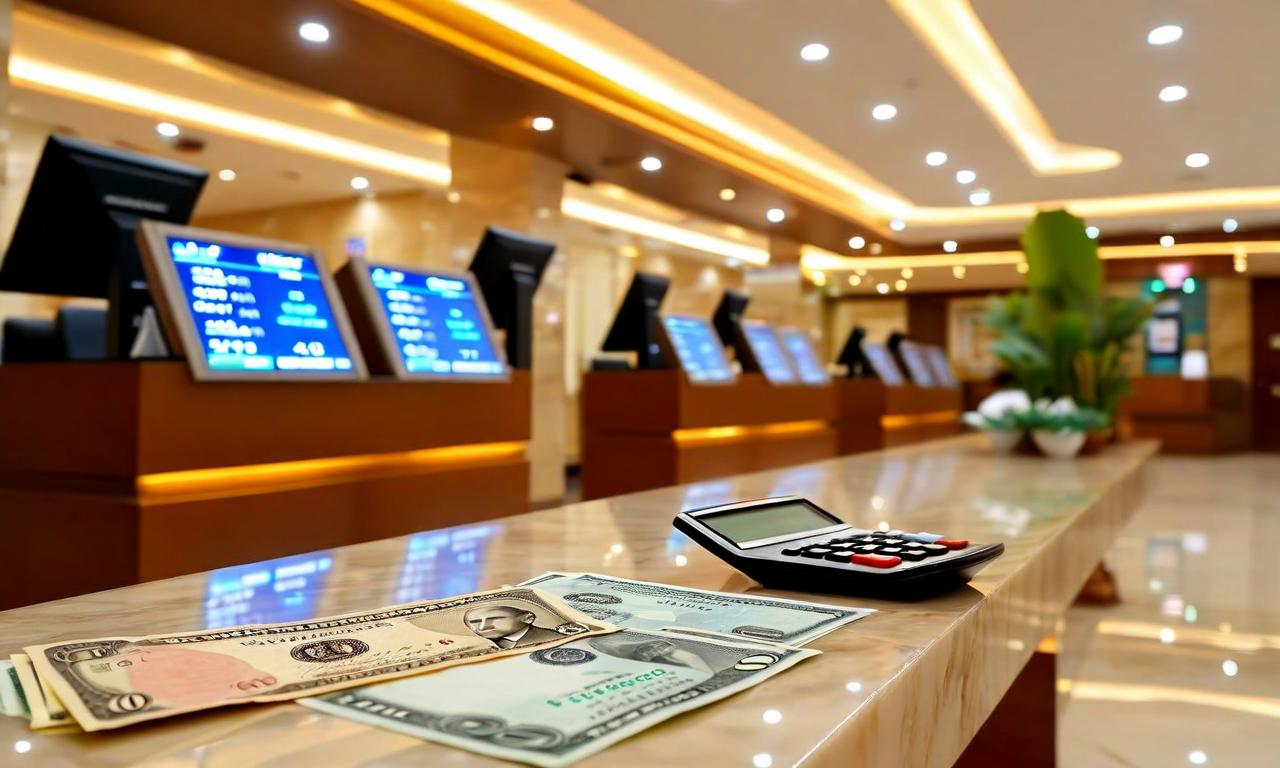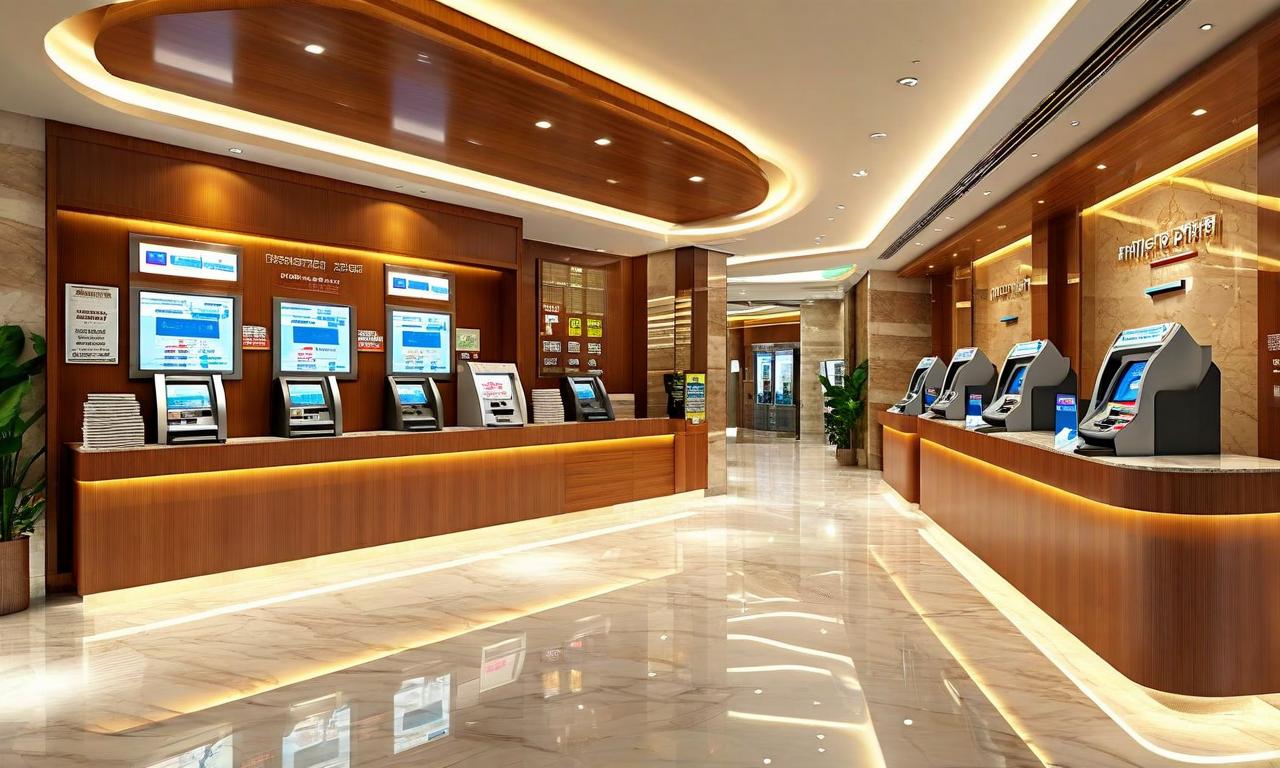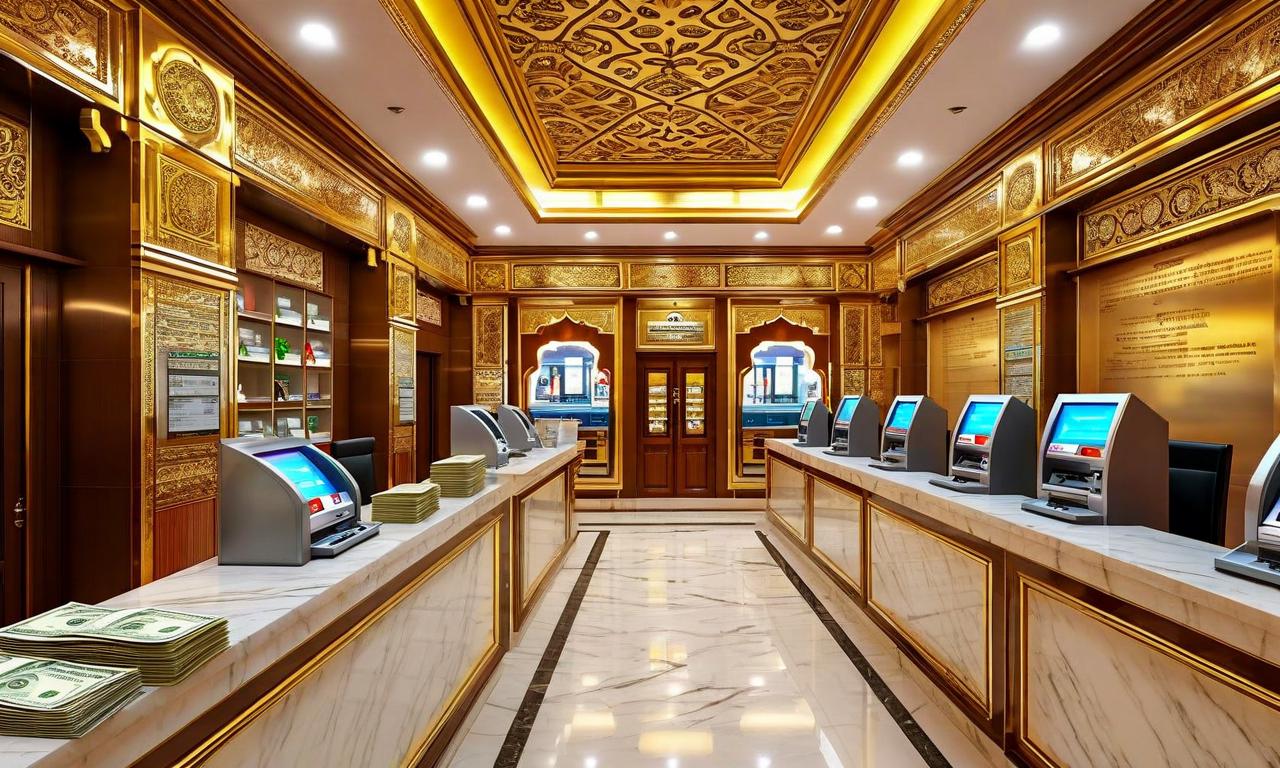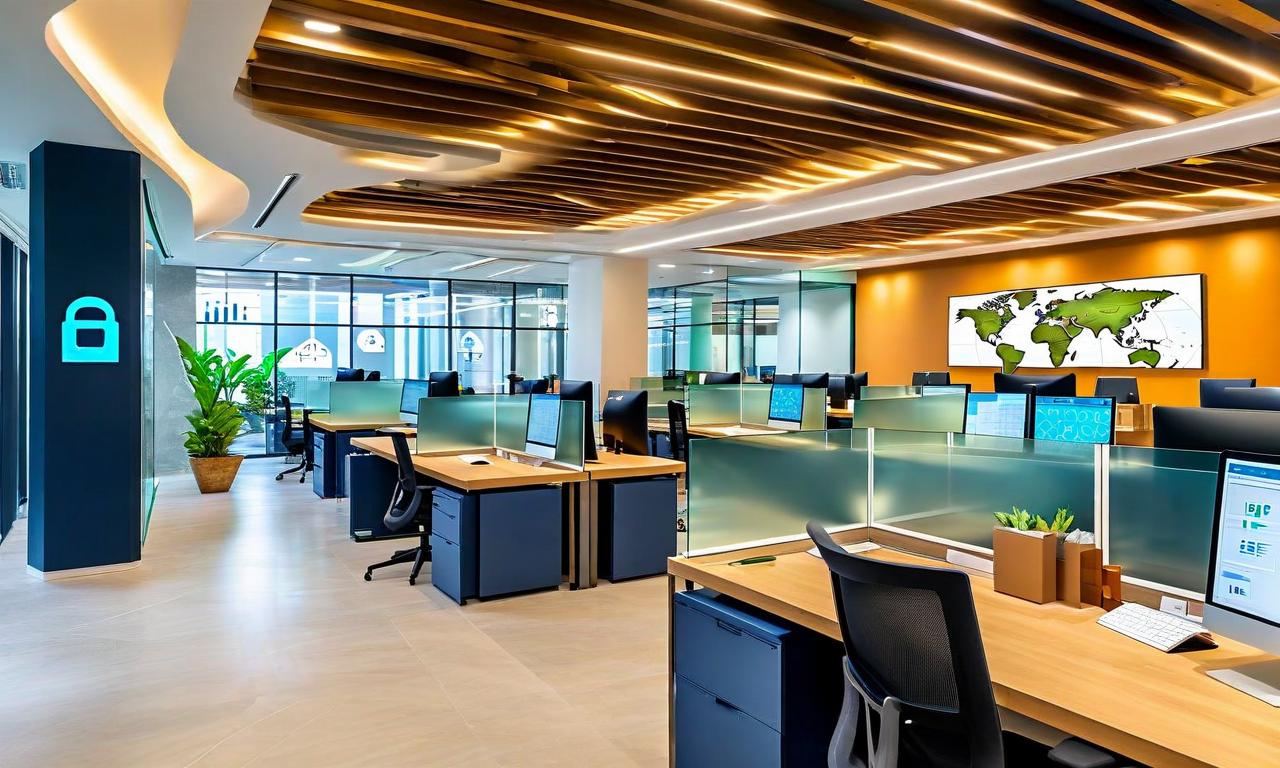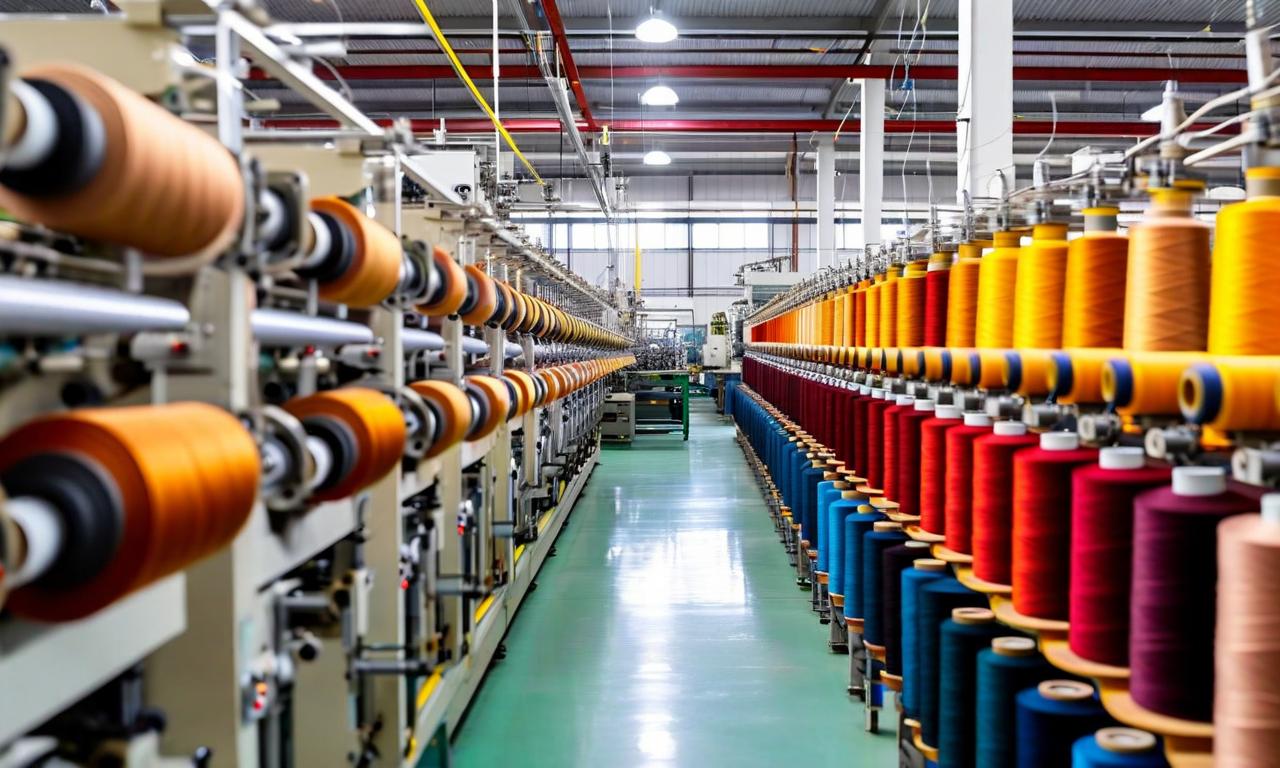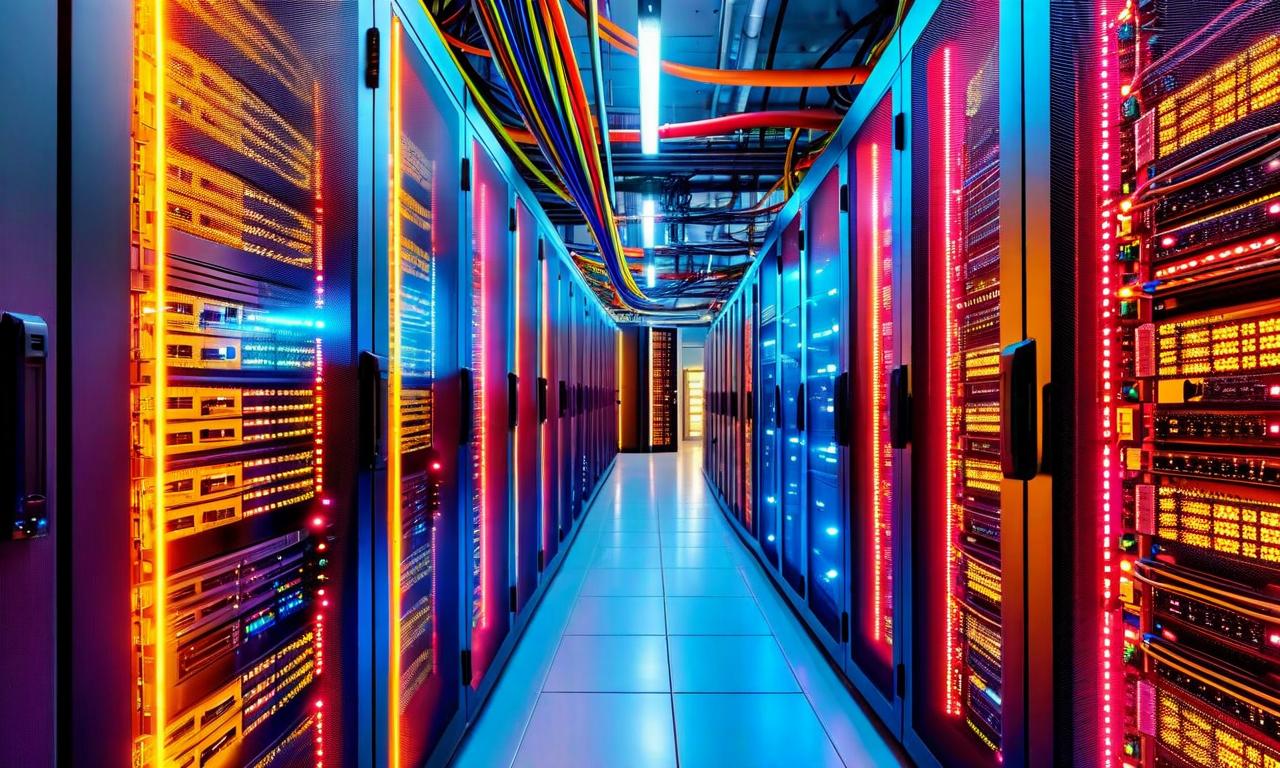State Bank of India Reports Strong Q1 Results, Receives Credit Rating Upgrade
State Bank of India (SBI) announced robust Q1 financial results with a 12.48% YoY increase in net profit to ₹19,160.00 crores. The bank achieved an ROE of 19.70% and ROA of 1.14%. Domestic credit grew by 11.06% YoY, while deposits increased by 11.66% YoY. The Net NPA ratio improved to 0.47%. S&P Global Ratings upgraded SBI's issuer credit rating to 'BBB/Stable/A-2' and its stand-alone credit profile to 'bbb+'. SBI successfully raised ₹25,000.00 crores through India's largest Qualified Institutional Placement. The bank expects credit expansion to outpace nominal GDP and industry growth, focusing on retail loans, government capital expenditure, and green energy projects.

*this image is generated using AI for illustrative purposes only.
State Bank of India (SBI), India's largest lender, has reported robust financial results for the first quarter, alongside a significant credit rating upgrade from S&P Global Ratings.
Q1 Financial Highlights
SBI posted a net profit of ₹19,160.00 crores for Q1, marking a 12.48% year-over-year increase. The bank achieved an impressive Return on Equity (ROE) of 19.70% and Return on Assets (ROA) of 1.14%, reinforcing its market leadership position.
Key performance indicators for the quarter include:
- Domestic credit growth: 11.06% YoY
- Deposit growth: 11.66% YoY
- Net NPA ratio: Improved by 10 basis points to 0.47%
- Slippage ratio: Decreased by 9 basis points to 0.75%
SBI maintained its dominant market share with 22.17% of domestic deposits and 19.24% of system-wide advances. The bank's home loan segment showed particularly strong growth at 15% YoY.
Credit Rating Upgrade
In a significant development, S&P Global Ratings has upgraded SBI's credit ratings:
| Rating Type | New Rating | Previous Rating |
|---|---|---|
| Issuer credit rating | 'BBB/Stable/A-2' | 'BBB-/Positive/A-3' |
| Stand-alone credit profile (SACP) | 'bbb+' | 'bbb' |
| Capital and Earnings assessment | 'Adequate (0)' | 'Moderate (-1)' |
The upgrade reflects SBI's improving capitalization and the bank's ability to maintain a risk-adjusted capital (RAC) ratio of 7.0%-7.5% over the next 24 months.
Strategic Initiatives and Outlook
SBI Chairman C S Setty highlighted the bank's focus on operational excellence through Project SARAL, a transformative initiative aimed at reshaping retail operational processes. The project is expected to enhance customer service, employee satisfaction, and overall productivity.
Looking ahead, SBI anticipates credit expansion to outpace both nominal GDP and industry growth. This growth is expected to be driven by calibrated exposure to consumption-linked retail loans, government capital expenditure pipeline, and green energy projects.
Capital Raising and Future Plans
The bank successfully completed India's largest Qualified Institutional Placement (QIP), raising ₹25,000.00 crores with over 60% participation from foreign investors. This capital infusion is expected to further strengthen SBI's balance sheet and support future growth initiatives.
SBI remains committed to maintaining its net interest margin (NIM) guidance of 3.00% and expects to see improvements in NIM from Q3 onwards, benefiting from deposit repricing and the recent CRR cut.
In conclusion, State Bank of India's strong Q1 performance, coupled with the credit rating upgrade, positions the bank favorably for continued growth and market leadership in the Indian banking sector.
Historical Stock Returns for State Bank of India
| 1 Day | 5 Days | 1 Month | 6 Months | 1 Year | 5 Years |
|---|---|---|---|---|---|
| +0.17% | +1.48% | +0.52% | +23.44% | +16.63% | +260.12% |
